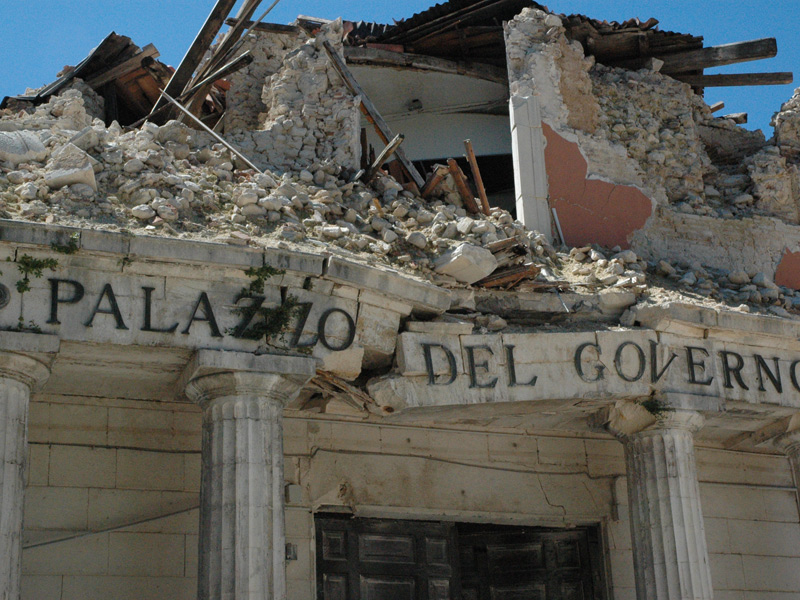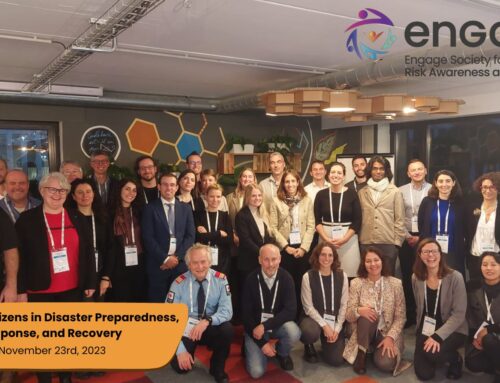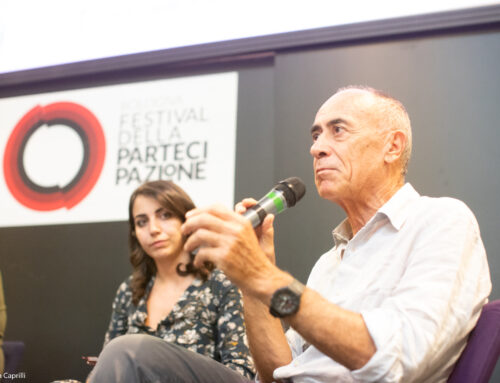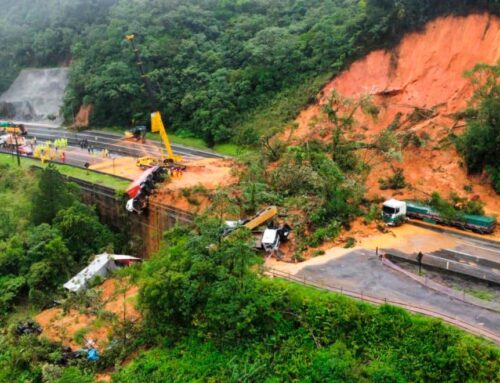What makes people self-organize to give first aid to victims of an active shooter? Why do people share their houses with others who lost their homes in an earthquake? Who volunteers for searching bodies after a flood? And how can first responders and authorities encourage this spontaneous solidarity between citizens rather than limiting it. ENGAGE wants to tap in the limitless potential of spontaneous self-organization of society during a crisis.
To do so, a team of researchers from the ENGAGE consortium analyses what citizens actually did to cope with a crisis to enhance societal resilience by examining closely eight different historical case studies. These case studies were chosen to highlight a variety of crisis situations ranging from terrorist attacks to industrial accidents to “natural” disasters like earthquakes, wildfires or flash floods including both large scale events and localized tragedies. We study official reports, scientific articles and conduct interviews and focus groups to understand the actions of citizens, but also the specific social context in which they take place. The goal of this survey of grassroot experiences is to take serious what people say made them act.
Preliminary findings show that specific professional skills as well as membership in certain social groups make it more likely that people self-organize. Medical professions and politically active citizens are among those who enhance for instance the resilience of their communities. Gender roles ranging from “caregivers” to “heroes” are another contextual aspect that is particularly relevant for successfully dealing with a disaster as well as specific cultural belief systems. Whereas a lot of studies insist for example on trust in authorities as determining factor for successfully building resilience, we can also show how constructive mistrust in authorities is more efficient in some contexts.
These contextual aspects help us to identify “target aspects” that should be integrated in solutions that want to enhance societal resilience. For this reason, we develop a model that help authorities and first responders to be context sensitive by understanding how citizen’s actions during a crisis are localized in specific social bonds and values.
Author: Jan Wörlein (Ecole Normale Supérieur)
Image Credit: “Buildings destroyed by L’Aquila’s earthquake” by Downing Street is licensed under CC BY-NC-ND 2.0.





